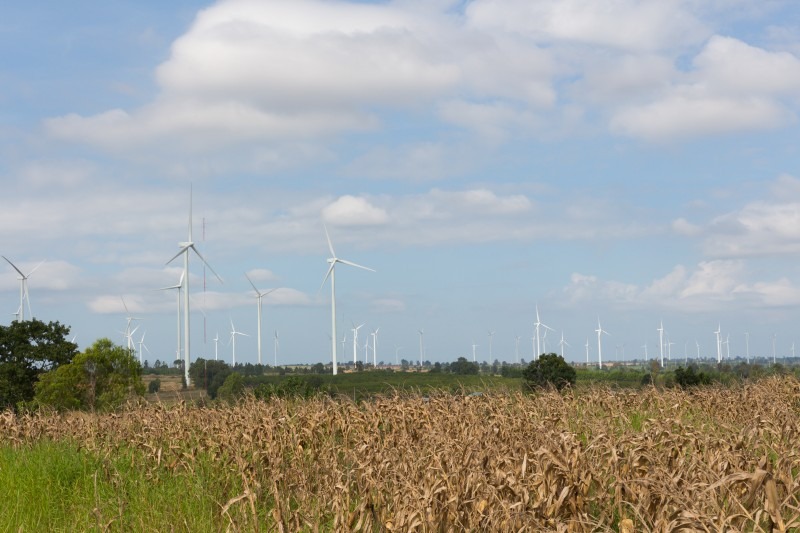Energy Department releases wind energy growth projections through 2050

The Department of Energy (DOE) recently released its first-ever assessment of the growth potential for distributed wind energy in the United States through 2050, concluding that wind has the potential to play a significant role in the U.S. electricity sector.
Distributed wind is installed near the point of end use to meet demand on the site of a location, such as a farm, or a manufacturing or industrial facility. Utility-scale wind, in contrast, is generated through systems installed on wind farms and passed to the end location through a transmission system.
Utility-scale wind capacity has exploded over the past decade to its current capacity of more than 75 gigawatts (GW), while growth in distributed wind has been slow and currently supplies only about 1 GW of U.S. capacity.
DOE’s new report, authored by the National Renewable Energy Laboratory, focuses on grid-connected projects that are located on the customer side, so-called behind-the-meter systems.
The report found that 49.5 million commercial, residential and industrial locations throughout the country could be sourced for distributed wind systems.
The report estimates potential future deployment levels of 1.5 GW of distributed wind capacity by 2030 and 3.7 GW by 2050. Achieving that level of deployment would represent a 300 percent increase in the market by 2030 and three doublings of cumulative capacity by 2050.
If advancements in technology continue to push down costs for wind systems, therefore leading to greater adoption from consumers, then 3.9 GW of behind-the-meter distributed wind could be deployed by 2030 and almost 20 GW by 2050, the report said.
